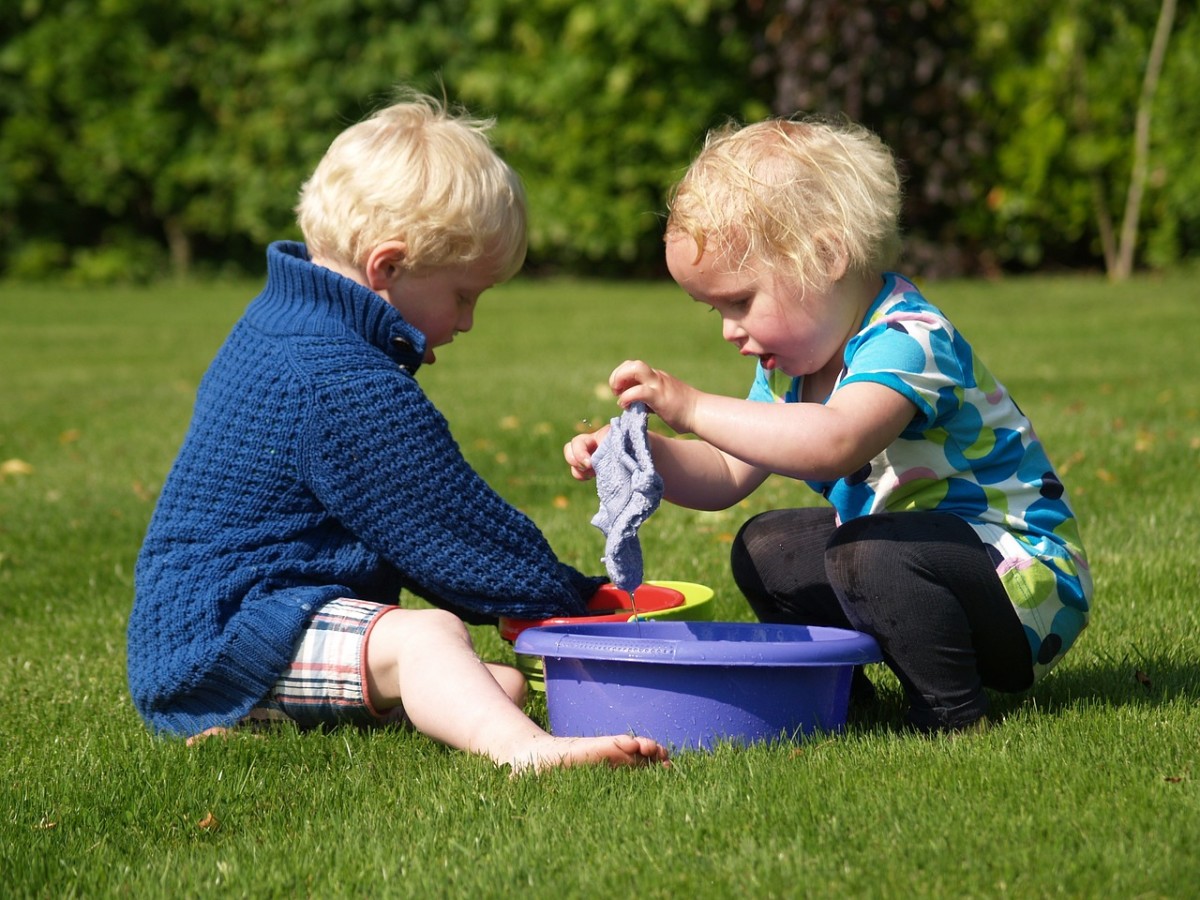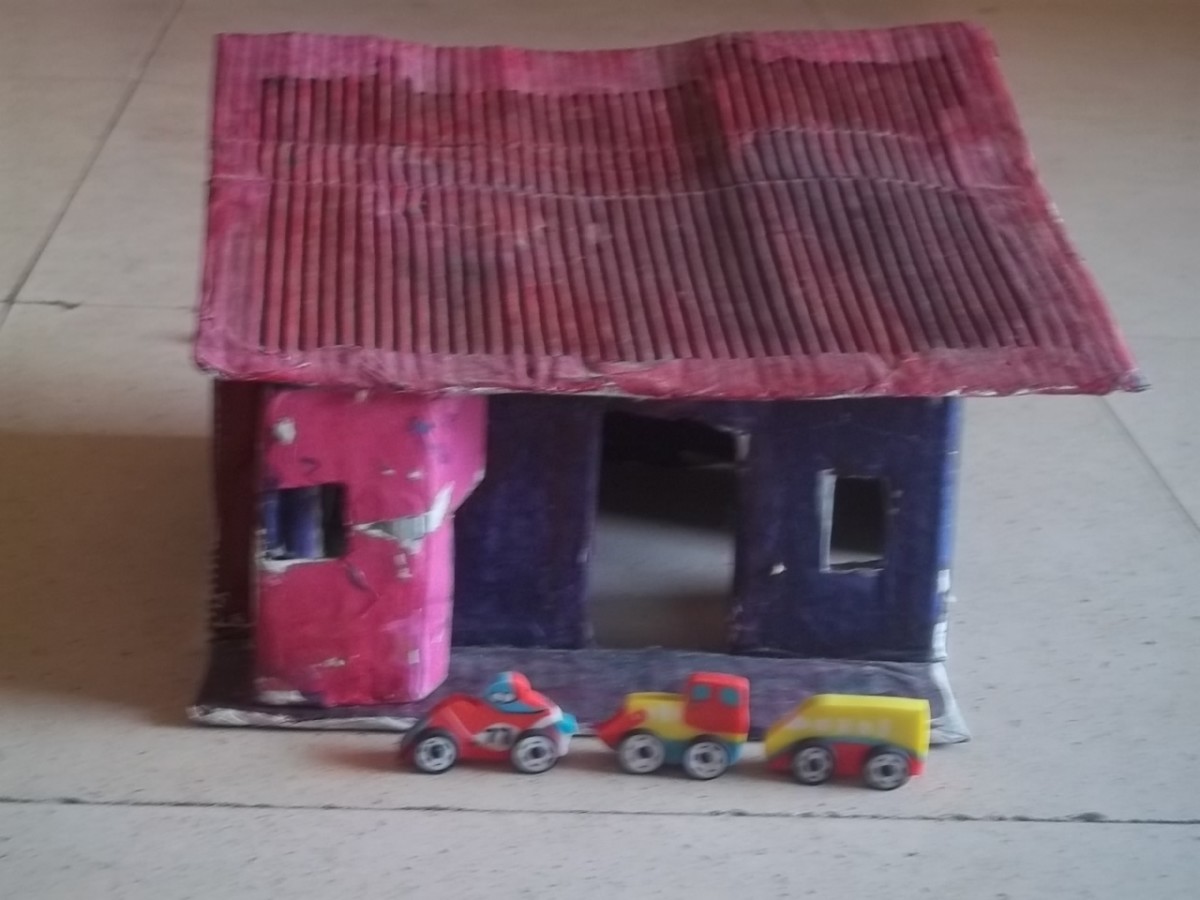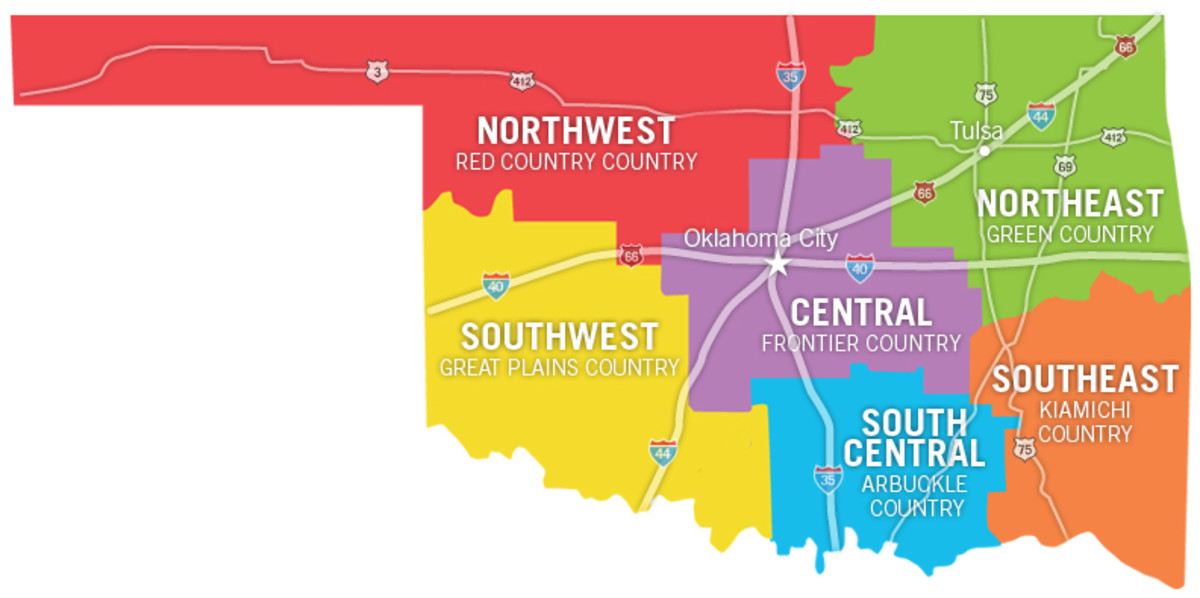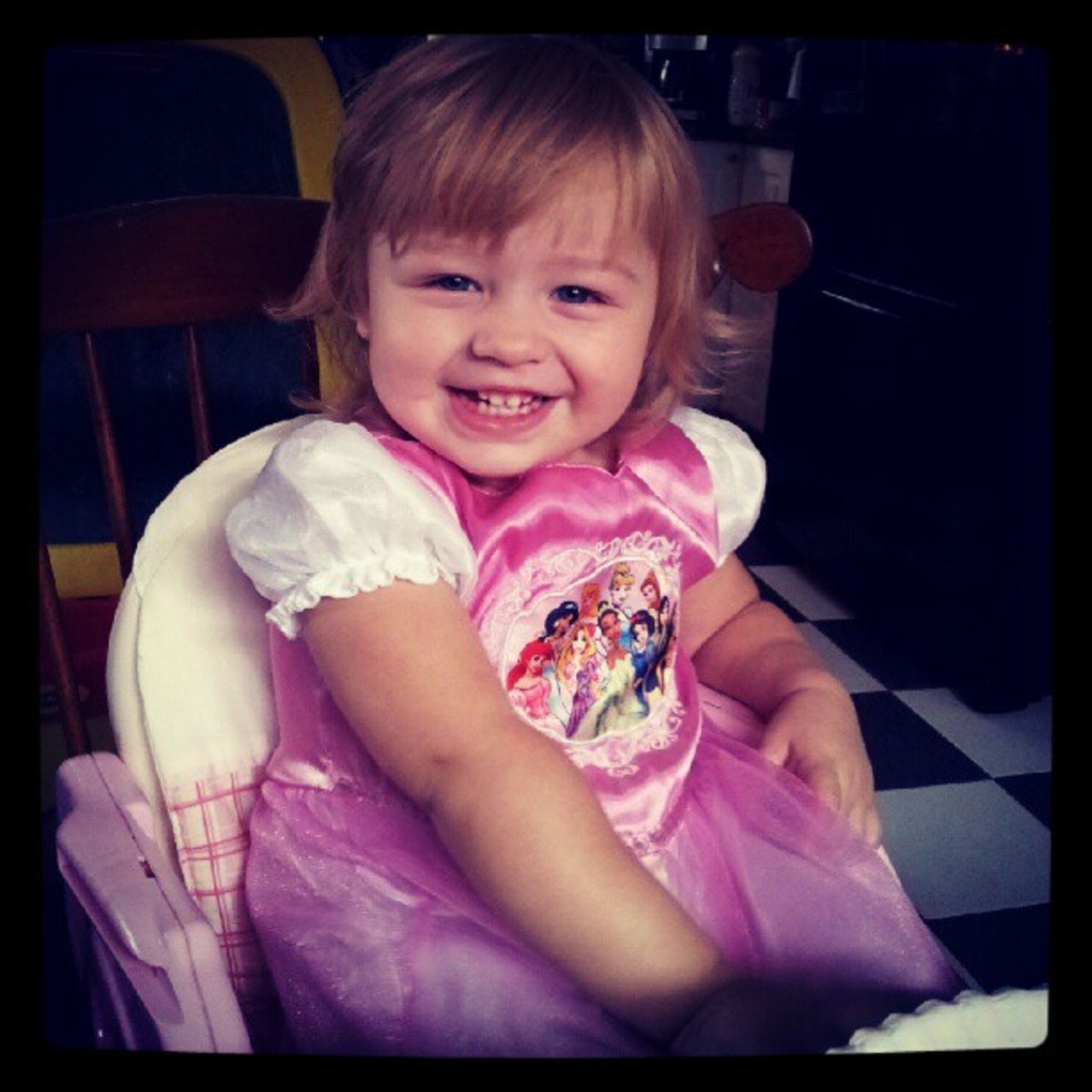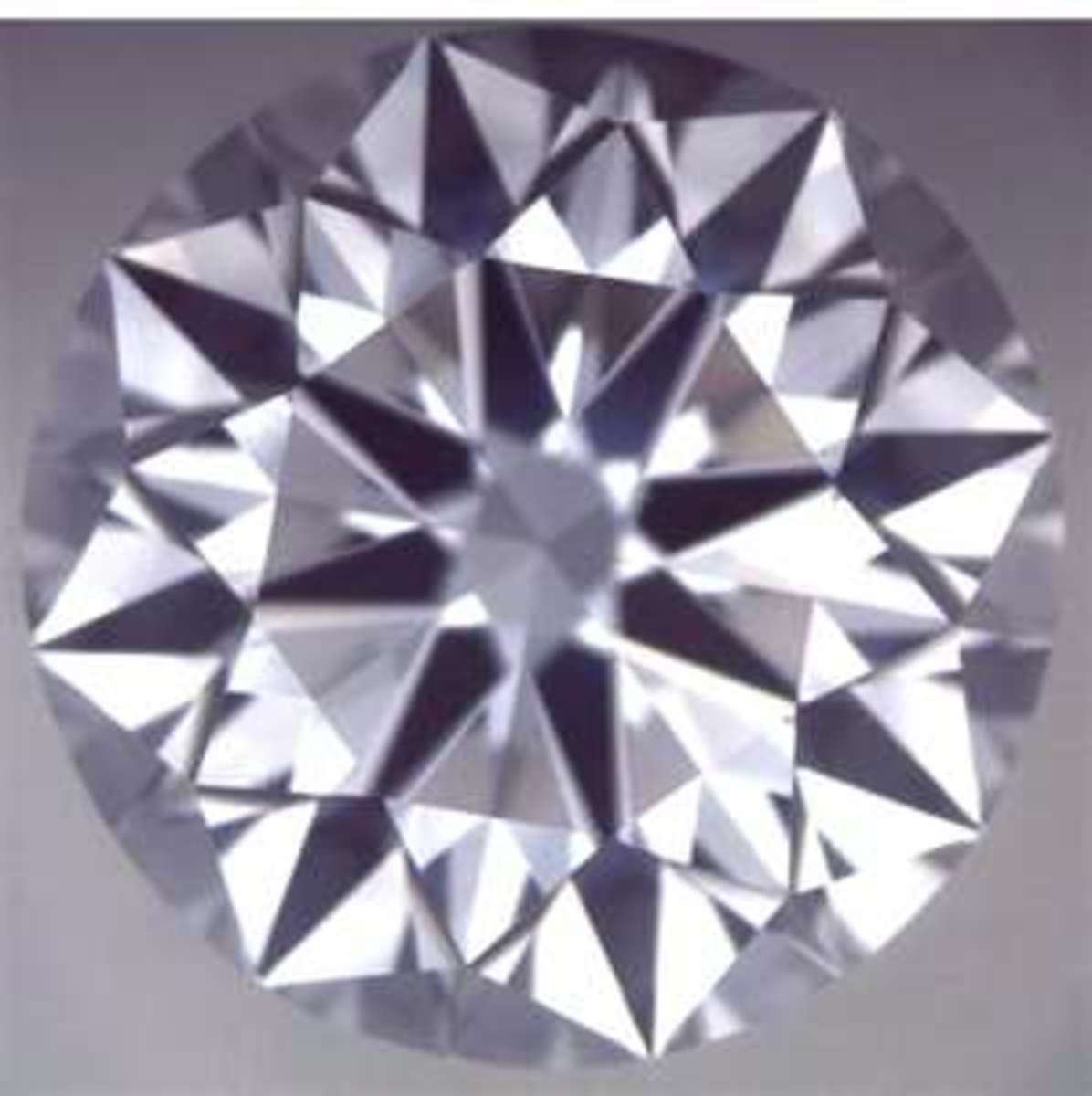The Creative Play Based Activities of Girls
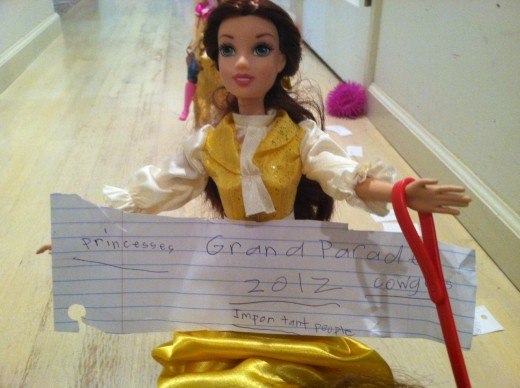
The first week of July brought in temperatures of over 100º for a solid week and limited outdoor play activity in south west Ohio. This meant children were forced to stay indoors during most of the day. As you can imagine, parents dealt with trying to keep children busy and entertained.
For the most part, reading books, building Lego™ superheros, watching videos and playing electronic games kept our grandson busy, but our granddaughter found these options uninteresting. She preferred to create her own play activities, her decision was to have a parade. She spent the rest of the day planning, creating and implementing a Princess Pony Parade.
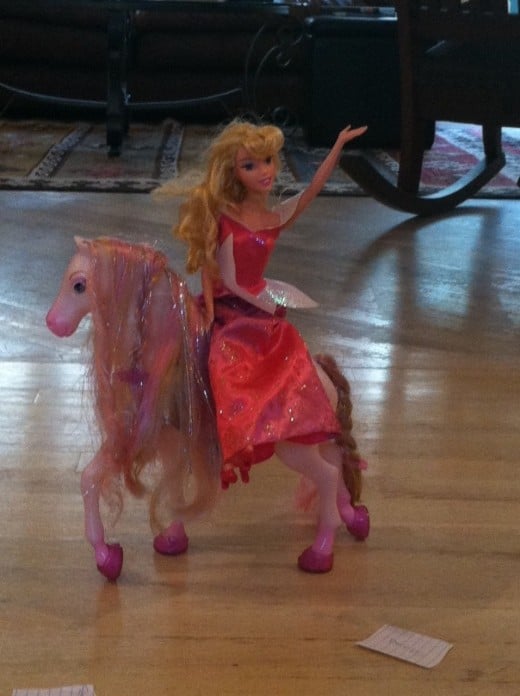
Girl's Play
Most parents discover that as children reach the toddler stage girls play differently than boys: boys prefer mobile toys such as cars and balls, while girls prefer playing quietly with dolls and stuffed animals. Activities with girls lean towards language-oriented, sedentary play providing a social setting for cooperative play (playing with other children). Boys enjoy the competition in play and express it through rough-house play styles.
An interesting scientific theory suggests that color sensitivity may attract gender-specific choices in playing with toys. For example, the pink elephant with purple ears may be visually pleasing to a girl due to her eye's sensitivity to color. A study by Dr. Anya Hurlbert, New Castle University, discovered reddish colors were preferred by females in their 20's. This may be why most lipstick shades vary from light neutral and pinkish colors to bright reds and purples.
Of course we must not forget how the brain plays into the gender specific preferences in play. Neuroscience studies found the difference is not so much in brain structure as it is in the development of the brain in regions. Also, a study completed in June 2008 by PloS Genetics discovered genes are expressed differently in male versus female brains in play and social interaction, which may explain the preference in gender specific toys.
National Favorite Color Ranking
Rank
| Boys
| Rank
| Girls
|
|---|---|---|---|
1
| Blue
| 1
| Blue
|
2
| Green
| 2
| Purple
|
3
| Black
| 3
| Green
|
4
| Red
| 4
| Red
|
5
| Orange
| 5
| Black
|
6
| Grey
| 6
| Orange
|
7
| Brown and White (tie)
| 7
| Yellow or Brown
|
8
| Yellow
| 8
| White or Grey
|
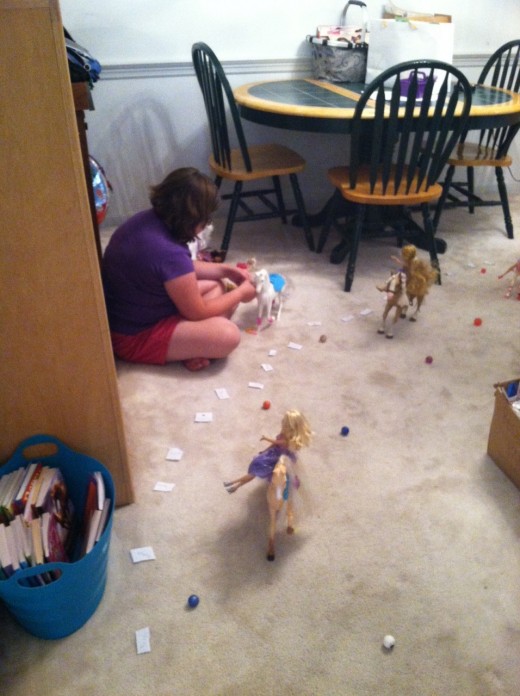
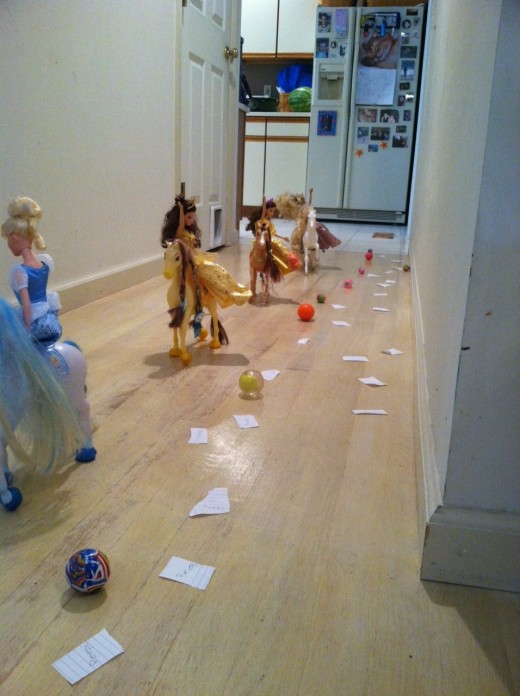
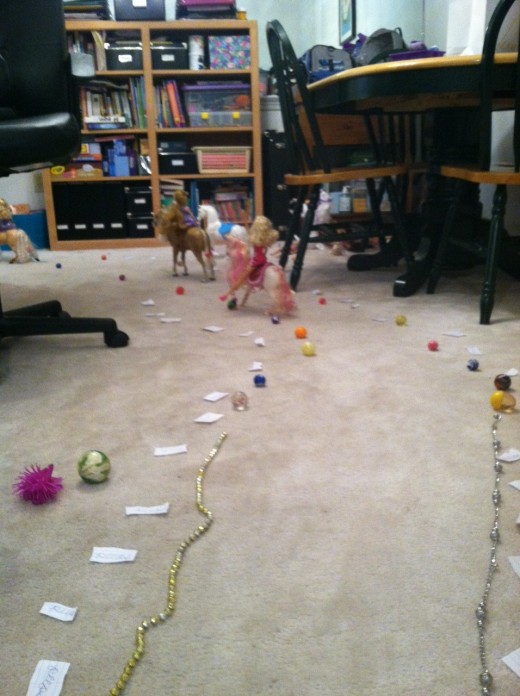
Source: Color Preferences of Men and Women, Dr. R. Flanders and B. Norman, Georgia CTAE Resource Network: Study of primary-aged children
The Princess Pony Parade
When my granddaughter was a preschooler, she rarely played with dolls; most of her toys were stuffed animals. She also enjoyed building with Legos™, racing toy cars and playing outside in the sandbox with her brother. However, as she entered kindergarten we noticed she slowly began to take an interest in dolls. Now in upper elementary, she still shows an interest in video games, playing outdoor sports and building with Legos™, but her preference for creative play based activity remains higher.
As I mentioned earlier in this article, she spent an entire day creating a princess pony parade. She thought through the parade route, designed banners, created the spectators (represented by white pieces of paper), and applied a theme to the route (glittery rubber balls). It seems such a simple activity to adults, but the cognitive skills used to think through the process of color, patterns, balance and language skills were highly stimulated. It also involved sensory areas such as vision and touch, fine motor skills, and "cause and effect" critical thinking skills.
A child's play is much more than what we can observe, it's their work. Work that leads to the understanding of complexity as they grow and the ability to make important decisions.
Creative Play Activities for Girls
Play, as it connects to the whole child, involves creative thinking, physical movement and social interaction. It is necessary for the healthy growth and development of the child's body and mind. Although most girls will gravitate towards a more sedentary, social and language-oriented play, providing a girl play activities that stimulate these areas will build her self-confidence and promote positive social interaction with other children.
The following activities will help a girl to enjoy toy/activity preferences and also extend her interest into other types of play, especially necessary physical movement. (Note: check the toy packaging for age appropriateness)
- Two to three year old: Riding toys, stuffed animals, balls, simple blocks and puzzles
- Three to Four year old: Bikes, slides, swings, blocks, puzzles, dolls, simple art crafts
- Four to Six year old: Simple obstacles courses, scavenger hunts, bean bags, dolls, pretend play with clothing, water colors, plastic animals, outdoor gym/swings
- Six to Ten year old: Jump Rope, balls, bikes, dolls, arts and crafts, puzzles, hula hoops


